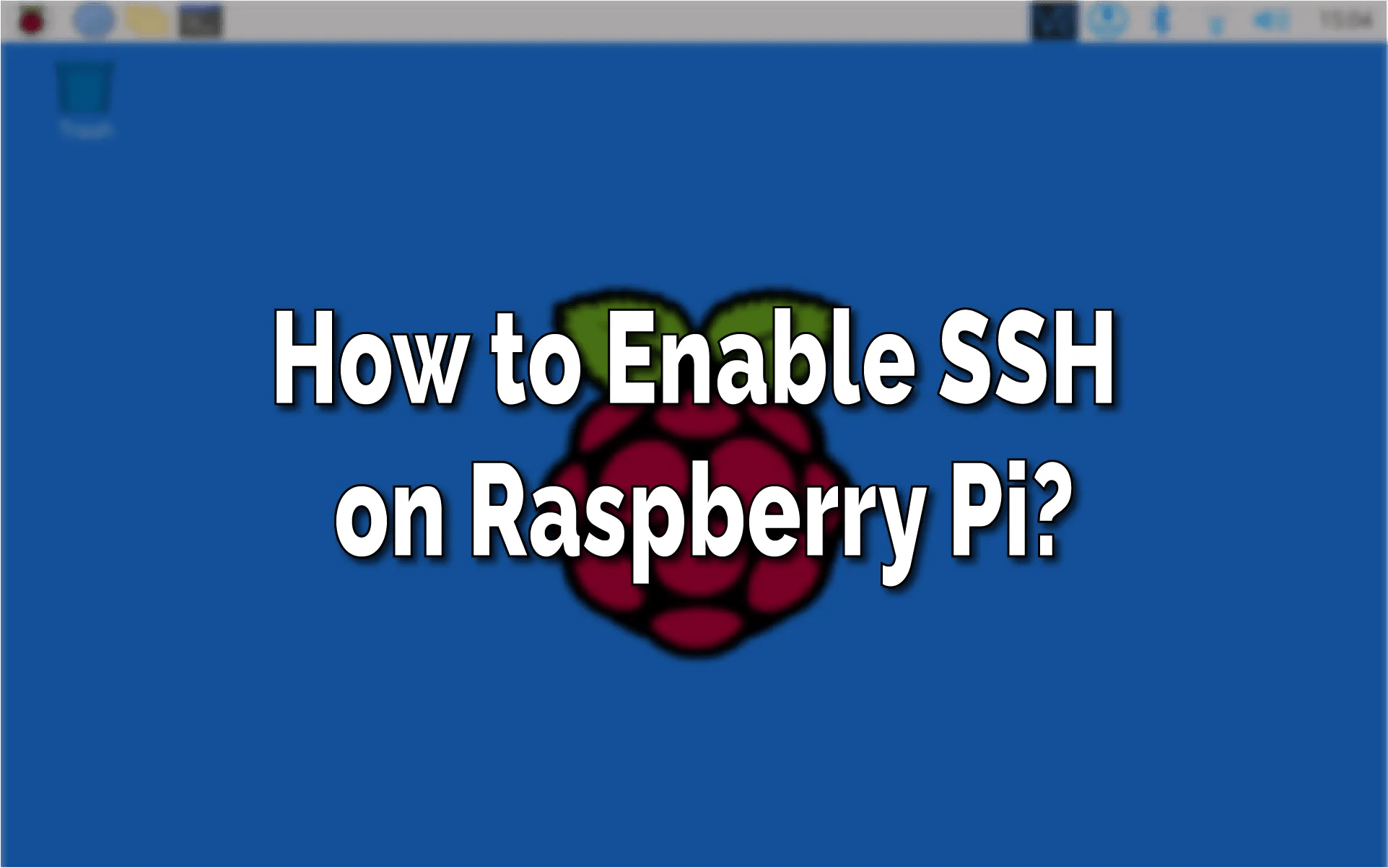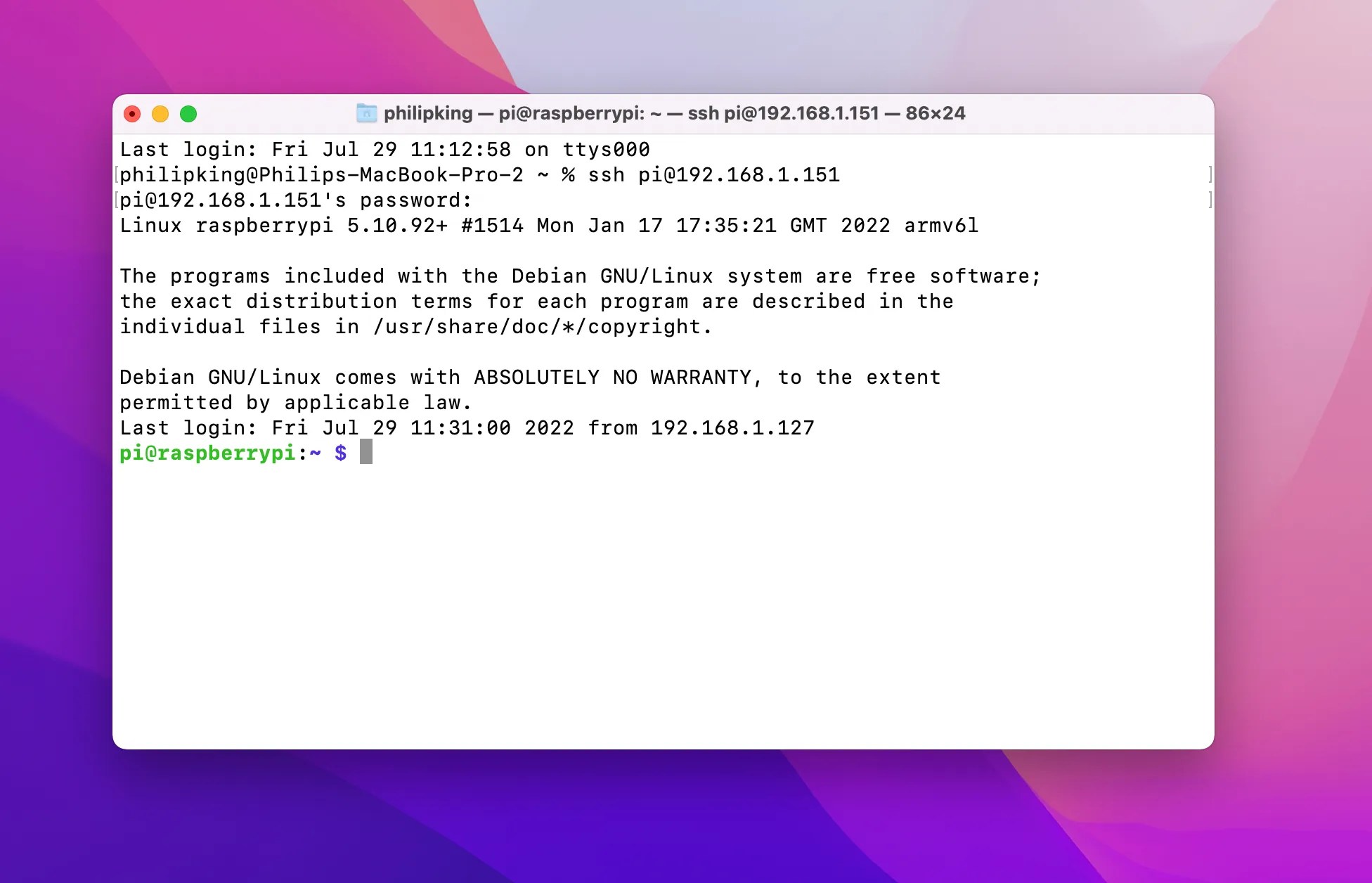Mastering Remote Access: How To Use SSH Into Raspberry Pi From Anywhere
By mastering SSH, you gain the ability to troubleshoot, update, and interact with your Raspberry Pi as if you were sitting right in front of it. This not only enhances productivity but also adds a layer of convenience to your workflow.
For those unfamiliar with SSH, it's a protocol that allows secure communication between two devices over an unsecured network. By using encryption, SSH ensures that your data remains private and protected from unauthorized access. Raspberry Pi, a versatile single-board computer, is often used for projects that require remote access. Whether you're a hobbyist or a developer, learning how to use SSH into Raspberry Pi from anywhere is an essential skill. This guide will cover everything from setting up your Pi to troubleshooting common issues, ensuring you have a smooth experience.
Remote access to your Raspberry Pi opens up countless possibilities. Imagine being able to monitor your home security system, control smart devices, or even host a website from your Pi while traveling. With SSH, you can achieve all this and more. The process might seem daunting at first, but with the right steps, it becomes straightforward. This article will provide a detailed walkthrough, complete with tips and tricks to ensure you can confidently use SSH into Raspberry Pi from anywhere.
Read also:
Table of Contents
- What is SSH and Why Use It?
- How to Enable SSH on Your Raspberry Pi?
- Configuring Your Network for Remote Access
- How to Connect to Your Raspberry Pi via SSH?
- What is Dynamic DNS and How Does It Help?
- Setting Up Port Forwarding for SSH
- How to Use SSH into Raspberry Pi from Anywhere?
- Common Issues and How to Fix Them?
- Security Tips for Remote SSH Access
- Exploring Advanced Features of SSH
What is SSH and Why Use It?
SSH, or Secure Shell, is a cryptographic protocol designed to provide secure communication over an unsecured network. It encrypts data sent between devices, protecting it from potential threats like eavesdropping or data tampering. SSH is widely used for remote administration, file transfers, and managing servers. For Raspberry Pi users, SSH is a vital tool that allows you to interact with your device without needing physical access.
Using SSH offers several advantages. First, it eliminates the need for additional hardware like monitors or keyboards when managing your Pi. Second, it ensures secure communication, which is critical when accessing your device over the internet. Finally, SSH provides a command-line interface, giving you full control over your Raspberry Pi's operations. Whether you're running scripts, installing updates, or monitoring system performance, SSH is the most reliable way to interact with your device.
How to Enable SSH on Your Raspberry Pi?
Enabling SSH on your Raspberry Pi is the first step toward remote access. By default, SSH is disabled on most Raspberry Pi distributions for security reasons. However, enabling it is a straightforward process. Here's how you can do it:
- Connect your Raspberry Pi to a monitor and keyboard.
- Open the terminal and type
sudo raspi-config. - Navigate to "Interfacing Options" and select "SSH."
- Choose "Yes" to enable SSH and exit the configuration tool.
Alternatively, if you're setting up your Pi headlessly (without a monitor), you can enable SSH by creating an empty file named ssh in the boot partition of your SD card. This method is particularly useful for users who want to configure their Pi remotely from the start.
Configuring Your Network for Remote Access
Before you can use SSH into Raspberry Pi from anywhere, you need to ensure your network is properly configured. This involves setting up a static IP address for your Pi and ensuring it remains accessible even after reboots. Here's how you can configure your network:
- Log in to your router's admin panel and reserve an IP address for your Raspberry Pi.
- Alternatively, configure a static IP directly on your Pi by editing the
dhcpcd.conffile. - Test the connection by pinging your Pi's IP address from another device on the same network.
How to Connect to Your Raspberry Pi via SSH?
Once SSH is enabled and your network is configured, you can connect to your Raspberry Pi using an SSH client. On Windows, you can use PuTTY, while macOS and Linux users can use the built-in terminal. Here's how:
Read also:
- Open your SSH client and enter your Pi's IP address.
- Use the default username (
pi) and password (raspberry) to log in. - Change the default password immediately to enhance security.
What is Dynamic DNS and How Does It Help?
Dynamic DNS (DDNS) is a service that maps a dynamic IP address to a domain name. Most home internet connections use dynamic IPs, which change periodically. DDNS ensures that your Raspberry Pi remains accessible even if your IP changes. Services like No-IP and DuckDNS offer free DDNS solutions that are easy to set up.
Setting Up Port Forwarding for SSH
To use SSH into Raspberry Pi from anywhere, you'll need to configure port forwarding on your router. Port forwarding directs incoming SSH traffic to your Pi's IP address. Here's how you can set it up:
- Log in to your router's admin panel.
- Navigate to the port forwarding section.
- Create a new rule for port 22 (default SSH port) and forward it to your Pi's IP address.
How to Use SSH into Raspberry Pi from Anywhere?
With SSH enabled, port forwarding configured, and DDNS in place, you're ready to access your Raspberry Pi remotely. Open your SSH client, enter your DDNS domain name, and log in using your credentials. This setup allows you to use SSH into Raspberry Pi from anywhere, giving you complete control over your device no matter where you are.
Common Issues and How to Fix Them?
Encountering issues while setting up SSH is common, but most problems have simple solutions. Here are some common issues and their fixes:
- Connection Refused: Ensure SSH is enabled and port forwarding is correctly configured.
- Incorrect Password: Double-check your credentials and reset the password if needed.
- Dynamic IP Changes: Use DDNS to maintain a consistent connection.
Security Tips for Remote SSH Access
While SSH is secure by design, additional measures can enhance your protection:
- Change the default SSH port to reduce the risk of brute-force attacks.
- Use key-based authentication instead of passwords for added security.
- Regularly update your Raspberry Pi's operating system and software.
Exploring Advanced Features of SSH
SSH offers more than just remote terminal access. You can use it to transfer files securely with SCP, create SSH tunnels for encrypted browsing, or even set up a VPN. Exploring these advanced features can further enhance your Raspberry Pi experience and make remote management even more efficient.
By following this guide, you now have the knowledge and tools to confidently use SSH into Raspberry Pi from anywhere. Whether you're managing projects, running servers, or experimenting with new ideas, SSH empowers you to stay connected and productive. With proper setup and security measures, your Raspberry Pi becomes a versatile tool that you can access anytime, anywhere.
Article Recommendations

